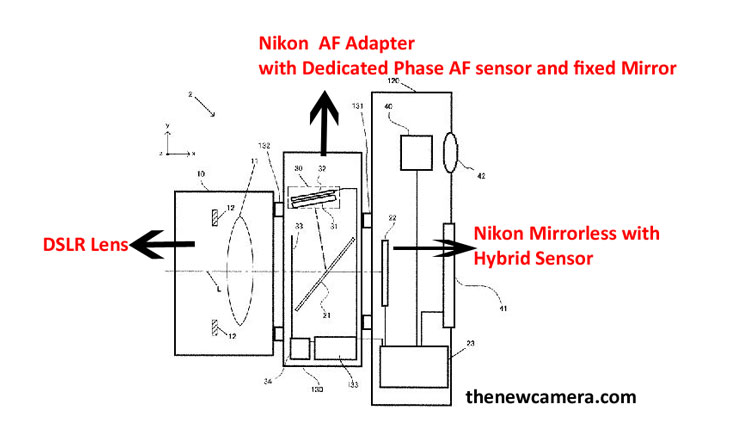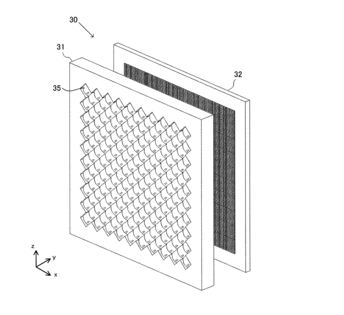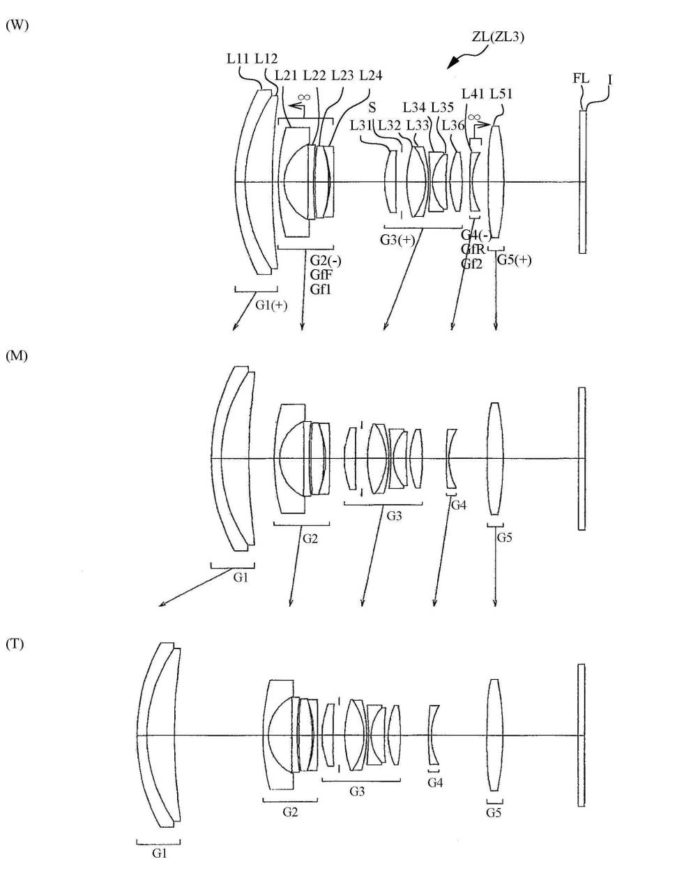In a statement sent to DPReview this morning, a Nikon spokesperson said:
"While details are confidential, we can say that we are currently developing new mirrorless products that build upon Nikon's strengths, and offer the performance prospective customers expect, including the ultimate optics performance, image-processing technologies, strength and durability, and operation."
As with all things 'official' before a product has been released, both statements are vague, but official confirmation from Nikon corporate is a big deal. Nikon hasn't given up on mirrorless; in fact, they're determined to raise the bar in that market.
Further clues can be taken from the original interview quote, translated by a native speaker:
"On the product side, we should compete in the mid-range and high-end DSLR. We aim to be the top in a genre, and earn profits even if sales are down. For a smartphone generation, we put out a very Nikon-ish mirrorless camera which is superior to rivals in quality. Making the best use of industrial lens technology, we would like to overwhelm them in lens quality. On the other hand, we need fun."
Source: DPReview.com
"While details are confidential, we can say that we are currently developing new mirrorless products that build upon Nikon's strengths, and offer the performance prospective customers expect, including the ultimate optics performance, image-processing technologies, strength and durability, and operation."
As with all things 'official' before a product has been released, both statements are vague, but official confirmation from Nikon corporate is a big deal. Nikon hasn't given up on mirrorless; in fact, they're determined to raise the bar in that market.
Further clues can be taken from the original interview quote, translated by a native speaker:
"On the product side, we should compete in the mid-range and high-end DSLR. We aim to be the top in a genre, and earn profits even if sales are down. For a smartphone generation, we put out a very Nikon-ish mirrorless camera which is superior to rivals in quality. Making the best use of industrial lens technology, we would like to overwhelm them in lens quality. On the other hand, we need fun."
Source: DPReview.com





